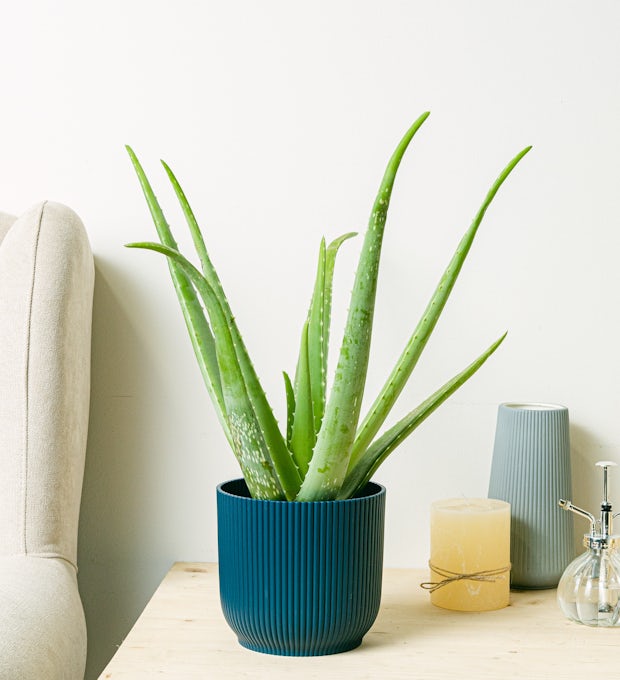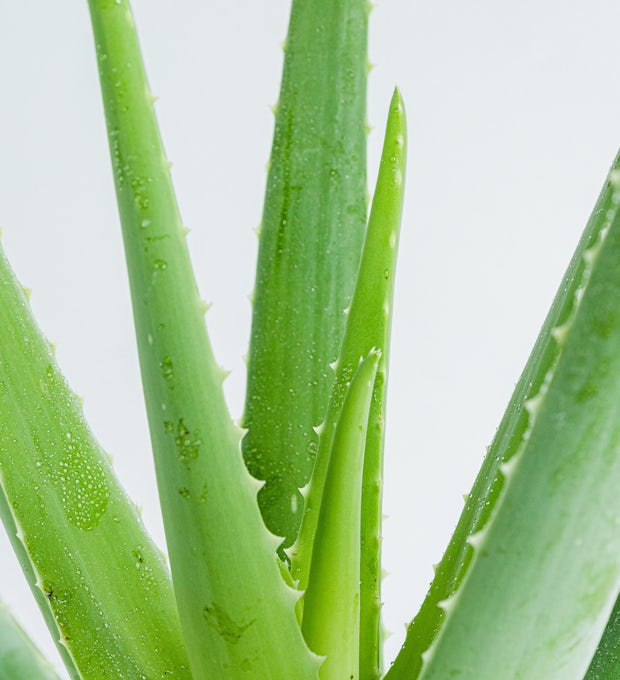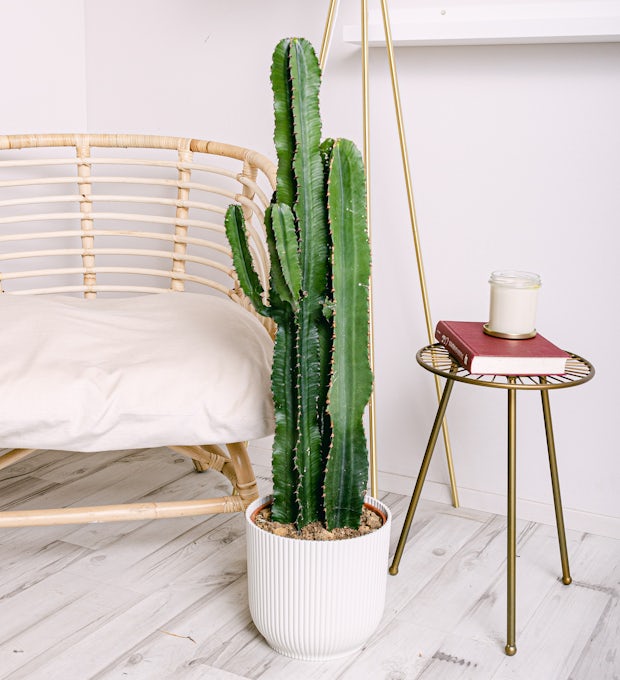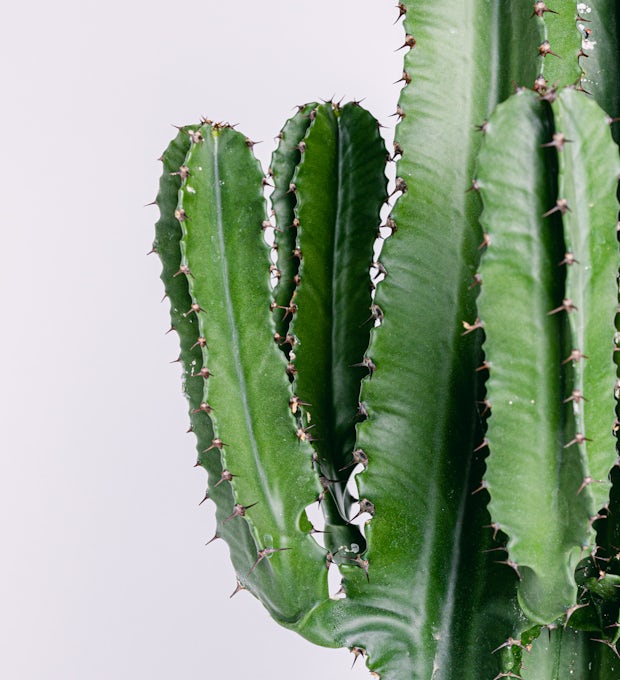As an avid gardener and lover of all things green, I'm thrilled to share insider secrets on repotting the magnificent Elephant Bush, also known as Portulacaria Afra.
In this article, I'll unveil the best practices and techniques to boost the growth and vibrancy of this drought-tolerant succulent.
From selecting the right soil mix to providing proper care after repotting, I'll guide you through each step.
Get ready to witness your plant flourish and radiate with vibrancy as we unlock the secrets to successful Elephant Bush repotting.
Let's dive in and discover the wonders of this remarkable succulent.
Best Time for Repotting
The best time for repotting your Elephant Bush is during the spring and summer months. Repotting during this time allows the plant to take advantage of the warmer temperatures and longer days, which promote healthy growth.
There are several benefits to repotting in the spring compared to the summer. In the spring, the plant has a higher chance of recovering from the stress of repotting due to the milder weather conditions. Additionally, repotting in the spring allows the plant to establish its root system before the intense heat of summer arrives.
It's important to avoid repotting during the winter, as the plant is in a dormant state and may not be able to handle the shock of repotting.
During the repotting process, there are common mistakes to avoid. One mistake is using a soil mix that's too compacted, which can lead to poor drainage and root rot. Another mistake is overwatering the plant immediately after repotting, as this can also cause root rot.
It's important to let the plant settle in for about a week before thorough watering to allow it to adjust to its new environment.
Soil Mix for Repotting
During the repotting process, I prefer to use a loose and well-aerated soil mix for my Elephant Bush. proper drainage is crucial for the health and growth of this succulent.
We ship plants to all locations, you can see more options here.
Here are four alternative soil mixes that you can consider for repotting your Elephant Bush:
Succulent and cactus mix: This specialized mix is designed to provide excellent drainage and aeration, which is ideal for succulents like the Elephant Bush. It usually consists of a combination of sand, perlite, and peat moss.
Potting soil, pumice, and compost mix: This mix is suitable for outdoor Elephant Bush plants. It includes a blend of potting soil, pumice, and compost, which helps retain some moisture while still allowing excess water to drain away.
Sandy soil mix: If you have sandy soil readily available, you can mix it with some organic matter like compost or peat moss. This combination will improve drainage and prevent the soil from becoming too compacted.
DIY mix: You can create your own soil mix by combining equal parts of perlite, coarse sand, and potting soil. This mix provides good drainage and aeration while retaining some moisture.
Remember to choose a soil mix that suits your specific needs and the growing conditions of your Elephant Bush.
Care After Repotting
After repotting my Elephant Bush, I hung the plant in a suitable spot and watered it in its grow pot a few days before repotting. Now that the repotting process is complete, it's important to establish a proper watering frequency for the plant.
The general rule of thumb is to allow the soil to dry out between waterings. This will prevent overwatering and potential root rot. However, it's crucial to monitor the moisture levels of the soil and adjust the watering schedule accordingly. Factors such as temperature, humidity, and the size of the pot will influence the frequency of watering.
As the plant settles into its new pot, it's recommended to wait about a week before thorough watering to allow it to acclimate to its new environment. This will give the plant a chance to recover from the stress of repotting and establish new roots.
Growth and Maintenance
To ensure the continued success of my Elephant Bush after repotting, I prioritize the growth and maintenance of this resilient succulent. Here are some key points to consider:
We ship plants to all locations, you can see more options here.
Watering frequency: Elephant Bush is a drought-tolerant succulent and prefers to be slightly dry between waterings. I water my plant every 7-10 days during the growing season and reduce watering in winter to prevent root rot.
Pruning techniques: Regular pruning helps maintain the shape and promote bushiness of the Elephant Bush. I trim any leggy or overgrown stems using clean, sharp pruning shears. It's important to make clean cuts just above a leaf node to encourage new growth.
Observing growth progress: Since repotting in early April, I've observed significant growth in my Elephant Bush within 4 and a half months. The trailing stems have reached an impressive length of 12 inches below the bottom of the pot.
Expected color changes: Due to intense heat and sun exposure, the plant may appear pale green. However, as cooler weather arrives, it's expected to green up and show pink tinges, adding vibrancy to its appearance.
Expected Color Changes
I have noticed that the Elephant Bush undergoes expected color changes due to intense heat and sun exposure. When exposed to these conditions, the plant's leaves may appear pale green. However, as the weather cools down, the Elephant Bush will start to green up and show pink tinges, enhancing the vibrancy of its leaves.
To prevent color changes caused by heat and sun exposure, it's essential to provide the Elephant Bush with proper care. Firstly, ensure that the plant is placed in a suitable spot with bright, indirect sunlight. Avoid placing it in direct sunlight, as this can lead to color fading. Additionally, water the plant sparingly and allow the soil to dry out between waterings. Overwatering can contribute to stress and color changes in the plant.
Characteristics of Elephant Bush
One notable characteristic of Elephant Bush is its small, rounded leaves resembling elephant ears. These leaves give the plant a unique and charming appearance, making it a popular choice for indoor and outdoor gardens.
Here are four key characteristics of Elephant Bush:
Drought-tolerant succulent: Elephant Bush is native to South Africa and is well-adapted to dry conditions. This makes it an excellent choice for those who want a low-maintenance plant that can withstand periods of neglect.
Shrub or trailing plant: Elephant Bush can be grown as a compact shrub or allowed to trail down from hanging baskets or containers. This versatility allows for creative and diverse planting arrangements.
Succulent stems: Elephant Bush has thick, fleshy stems that store water, enabling it to survive in arid environments. This adaptation also makes it an ideal houseplant, as it can tolerate periods of drought.
Indoor and outdoor growth: Elephant Bush can thrive both indoors and outdoors, making it a versatile choice for gardeners. It can be grown in containers or in the ground, adding beauty and vibrancy to any space.
Despite its resilience, Elephant Bush is susceptible to common pests such as mealybugs and spider mites, as well as diseases like root rot and powdery mildew. Regularly inspecting the plant for signs of pests or diseases and taking appropriate measures can help ensure its health and longevity.
Propagation and Care
Maintaining the health and vitality of Elephant Bush requires proper propagation and care techniques.
When it comes to watering frequency, it's important to remember that Elephant Bush is a drought-tolerant succulent. Therefore, it's best to water sparingly and allow the soil to dry out between waterings. Overwatering can lead to root rot and other issues.
As for pruning techniques, regular pruning is recommended to maintain the plant's shape and promote bushiness. You can trim back any leggy or overgrown stems to encourage new growth. Additionally, pruning can help remove any dead or diseased parts of the plant.
Conclusion
In conclusion, by following the best practices and techniques outlined in this article, you can successfully repot your Elephant Bush and boost its growth and vibrancy.
Remember to choose the right soil mix, provide proper care after repotting, and find the ideal spot for your plant.
Additionally, be prepared for color changes due to heat and sun exposure.
With these secrets revealed, you can confidently embark on the journey of repotting your Elephant Bush and watch it flourish into a stunning succulent.







